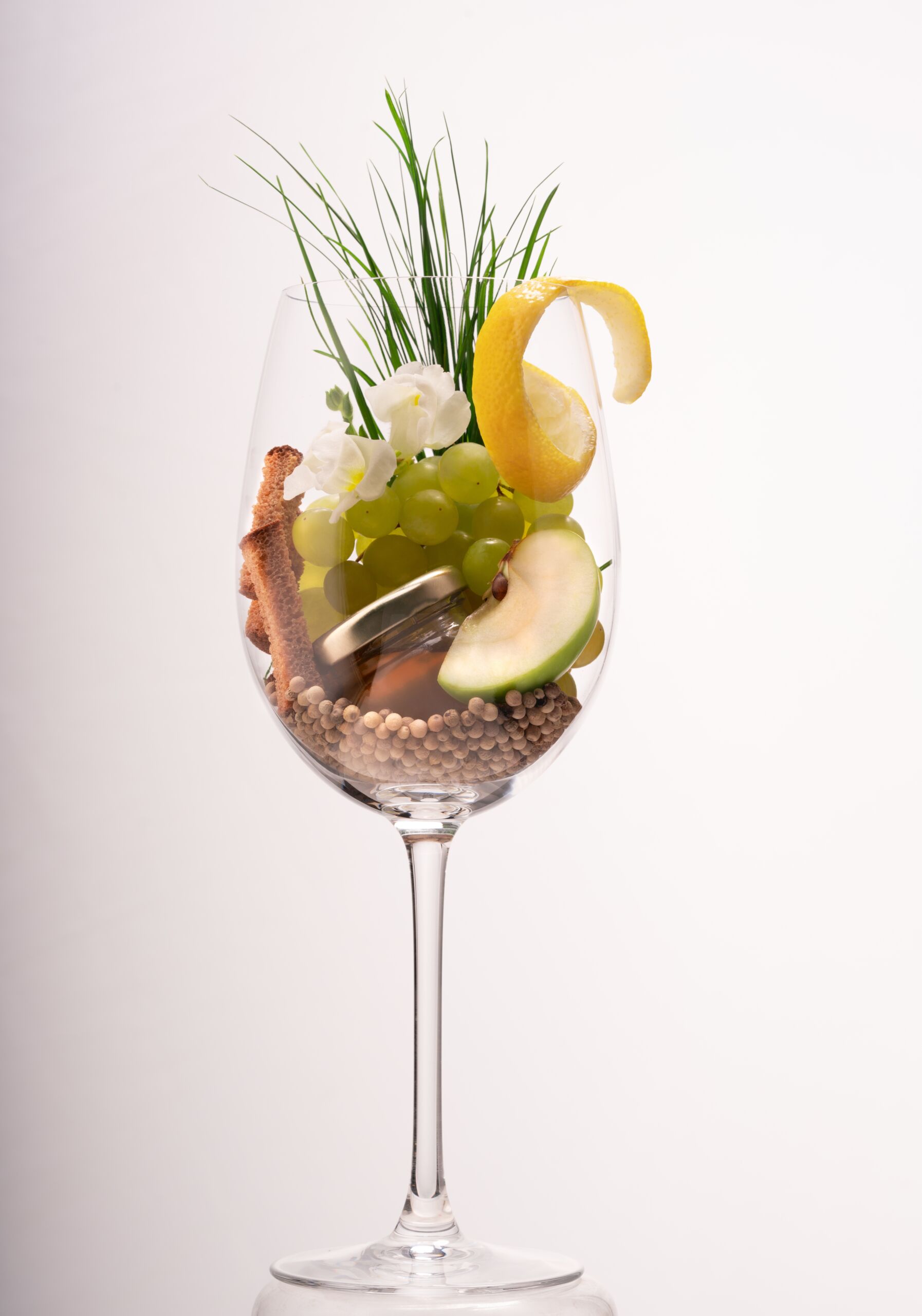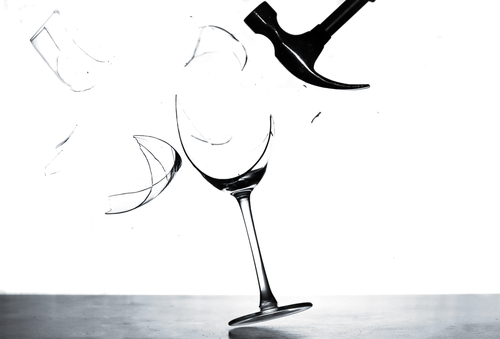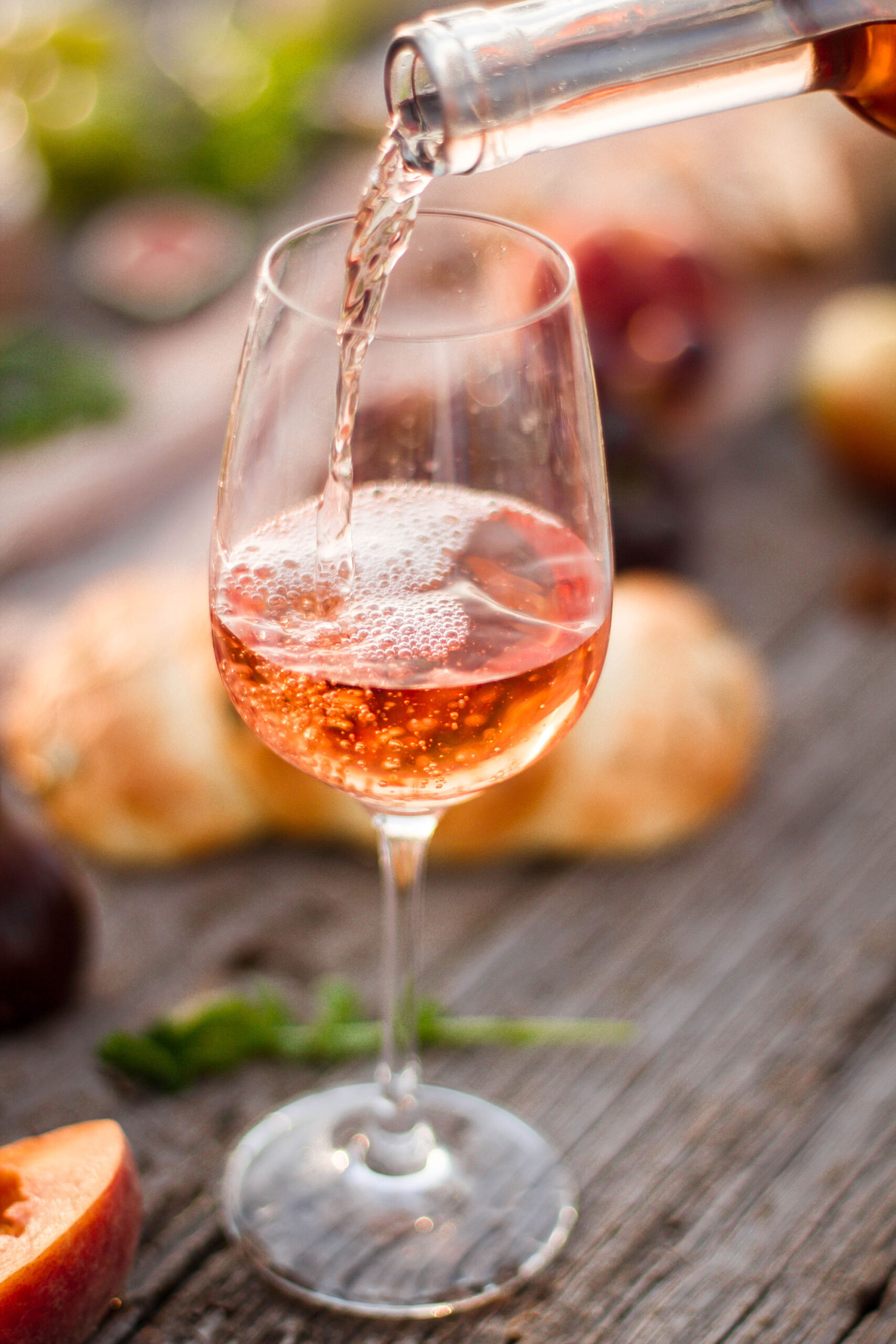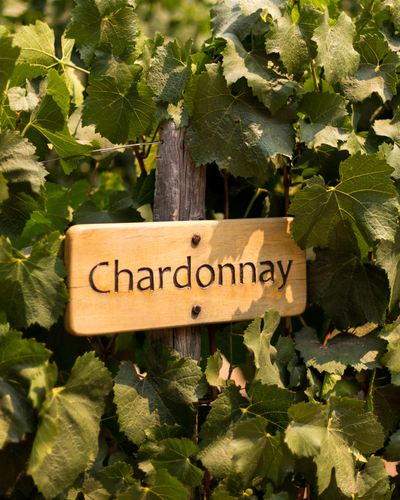“I’m getting a hint of green apple – and cut grass – no, wait, there’s a touch of fennel too.”
No, that isn’t someone wandering around at a garden open day sniffing the air, it’s more likely to be someone being put through their paces at a wine tasting session.
So can you really smell and taste different aromas and flavours in wine? The simple answer is yes, you can. So why can’t you detect them in a ‘raw’ grape that you’ve picked straight from the vine?
Well, it’s all down to the fermentation process, during which various compounds are released from the grapes, and what happens to the wine after fermentation.
But before we have a look at the various types of aromas and flavours in wine let’s take a step back and briefly explore how we smell and taste things.
Our noses are able to distinguish aromas made up of tiny molecules which are circulating in the air around us. Research indicates that we can detect a minimum of 10,000 different smells, but each one of us has different permutations of odour-detecting cells in our noses. This affects our awareness of what we’re smelling. So, for example, while my schnozzle may be ecstatically blown away by a certain perfume, you may find the aroma too overpowering to the point of actually feeling sick.
We also tend to associate a particular odour with a particular taste. Research has suggested that one reason why this happens is that because we are smelling the odour at the same time as experiencing the taste they become inextricably linked. This actually isn’t that surprising because when you chew food or drink something aromas from the food or liquid are released and travel from your mouth to your nose, so the whole eating/drinking experience is a combination of taste and aroma.
Now back to wine.
Aromas and flavours in wine fall into three accepted categories: primary, secondary, and – yes, you’ve guessed it – tertiary.
Primary aromas and flavours come from the grape variety itself having undergone alcoholic fermentation. These aromas and flavours can range from floral to fruity, herbal to spicy, depending on the grape. Glancing through a Wine and Spirit Education Trust (WSET) wine lexicon I counted 55 (!) descriptors for primary aromas and flavours. Even these are just guideline descriptors, however; I remember sniffing a wine once (I’ve forgotten which) and I could distinctly smell something that reminded me of the round, blue-coated sweetie in a Bertie Bassetts liquorice mixture – honestly.
Each grape variety has particular signature aromas and flavours, too. For example, Sauvignon Blanc tastes of herbs and flowers, whereas a cool-climate Chardonnay will display green fruits (like apple or pear) and lip-smacking citrus. You’d expect to find red fruits, such as strawberry and red cherry, in a Pinot Noir, whereas Cabernet Sauvignon will have aromas and flavours of black fruit, like blackcurrant and black cherry.
Generally speaking, if the winemaker wants to emphasise the fruitiness of a grape they will ferment it in an inert vessel, such as stainless steel or concrete so there is no ‘flavour interference’ from the container.
Which brings us to secondary aromas and flavours which largely come about through the post-fermentation winemaking process.
If you get an aroma and flavour of biscuit or brioche in white wine, for example, the chances are that the wine has been left on its lees after fermentation. This is when the yeast used during fermentation dies and falls to the bottom of the vessel creating a layer of dead cells – this is the lees. The winemaker may choose to leave the wine in contact with the lees, or even stir up the lees, to add those extra flavours and create more body. You may well have come across some ‘bready’ flavours in Champagne, or other traditionally made sparkling wines.
Malolactic conversion can also take place in the wine after fermentation, where the tart malic acid (also found in apples) is converted to creamy lactic acid (also found in milk) giving flavours of butter, cream, and cheese.
In addition, if the wine is matured for a period of time in oak, aromas and flavours such as vanilla, cloves, coconut, cedar, charred wood, smoke, chocolate, coffee, as well as oak, can develop. Many red wines, such as Rioja, spend time on oak – and who can ever forget the flavour of a heavily-oaked Chardonnay?!
Finally we have tertiary aromas and flavours which come about through ageing, either in the bottle or in vats, sometimes for a number of years.
Many red wines are contenders for ageing. A 1990 red Bordeaux, for example is ready for drinking now!1 Such wines can develop flavours of dried fruit, like prunes, raisins or figs, or cooked fruit such as cooked plums or cherries. Some more unusual or even bizarre flavours can come about too, such as leather, mushroom, meat, tobacco, wet leaves, or earthy forest floor.
Some white wines age well too. The first that springs to mind is Riesling. As Jancis Robinson says: ‘Riesling, the signature grape of Germany, makes wines that, in my experience, are almost immortal.’2 And any sweet white wine, like Sauternes, whose grapes have been affected by ‘noble rot’ (i.e. the Botrytis cinerea fungus) are prime candidates for ageing.
In white wine look out for flavours of dried fruit and marmalade, and, with Riesling, that give-away aroma, petrol – all of these are tertiary flavours that have developed through ageing.
In addition, tertiary flavours can come about when a wine has been deliberately exposed to the air, or oxidised. A good example of this is Oloroso sherry which can develop flavours of toffee, leather, spice, and nuts.
So the next time you crack open a bottle of wine, have a good sniff before you taste and try to identify some aromas. Think in terms of the three categories: primary – fruitiness, like lemon (white wine) or blackcurrant (red wine); secondary – maybe a touch of butter (white wine) or toast (red wine); tertiary – is there something even more complex going on, like honey (white wine), or leather (red wine)?
Keep practicing – and you’ll soon be tasting like a pro!
BY MAUREEN LITTLE
1 https://www.robertparker.com/resources/vintage-chart
2 https://www.jancisrobinson.com/articles/whites-age-or-drink





